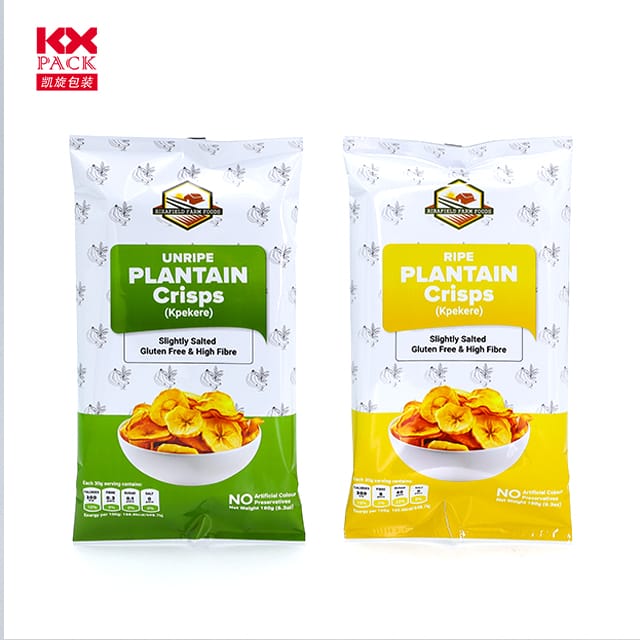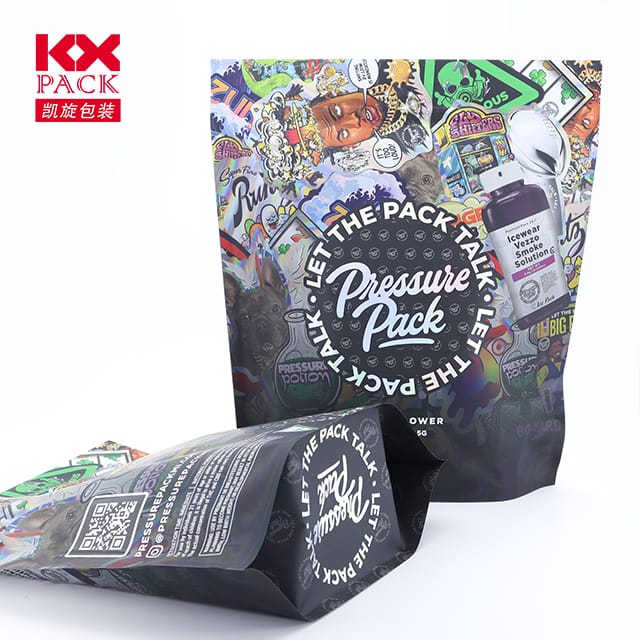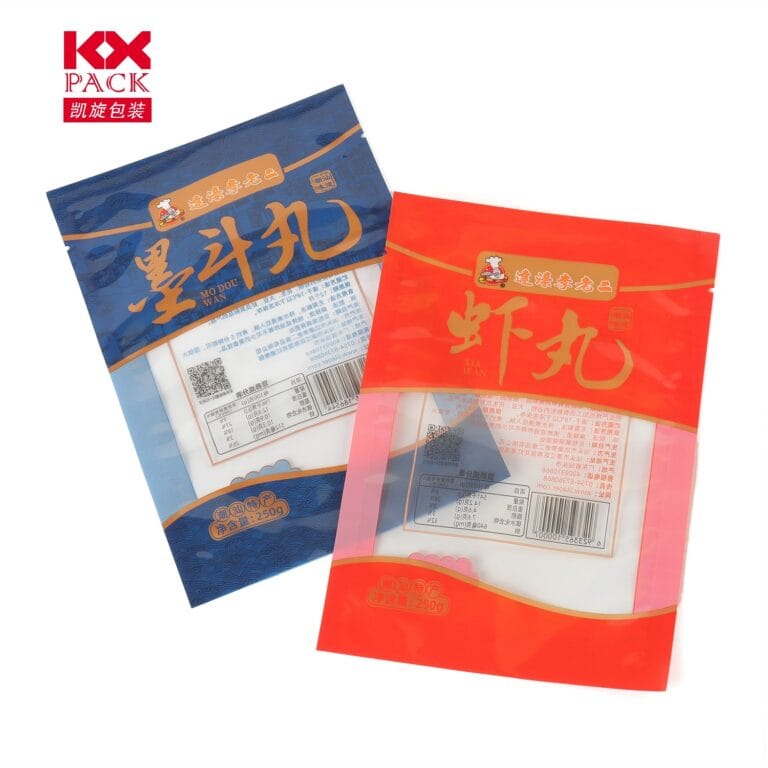O le matautia tulaga o meaai palasitika ata: O lau umukuka afifi sili atu nai lo na o mea totoe?
Food Plastic Film
In the age of convenience, meaai palasitika meaai (ua lauiloa foi o le pipii ata, Laupepa palasitika, po o le saran e afifi) ua avea ma umukuka faʻapipiʻi. Pe o le puipuia o le LFovers, Faapipiiina o sanuisi, pe afifiina fua fou, O lenei manino, O mea e ono foliga mai e le taua. But have you ever paused to consider what lurks beneath its seemingly harmless surface? Let’s peel back the layers on food plastic film—its environmental footprint, health risks, ma eco-faauo filifiliga.
1. The Environmental Toll: A Plastic Problem That Won’t Stick Around
Food Plastic Film is typically made from low-density polyethylene (LDPE) po o polyvinyl chloride (PVC). Both materials are lightweight, tumau, and… incredibly persistent.
- Non-Recyclable Nightmares: Most municipal recycling programs reject plastic film due to its tendency to tangle machinery. This means the majority ends up in landfills, where it takes 20–1,000 years e faaletonu.
- Microplastic city: When exposed to heat, sunlight, or friction, plastic film breaks down into microplastics. These tiny particles infiltrate soil, vaipuna, and even the air we breathe, posing risks to ecosystems and human health.
- Wildlife Hazard: Marine animals often mistake plastic debris for food. Turtles, seabirds, and whales have been found with stomachs full of indigestible plastic, leading to starvation or internal injuries.
2. Health Risks: When “Faasaoina” Food Becomes Preserving Toxins
Beyond environmental harm, plastic film raises concerns about chemical leaching into the food it’s meant to protect.
- Phthalates and BPA (Sometimes): PVC-based films may contain phthalates (plasticizers that soften the material) or bisphenol A (Uliuli), vailaau fesoʻotaʻi i le hirmonal faʻalavelave, Faafoeina mataupu, and even cancer. While many modern films claim to be “phthalate-free,” regulatory gaps mean transparency varies by brand.
- Heat = Higher Risk: Using plastic film in microwaves or to cover hot dishes can accelerate chemical migration. A 2021 study by Environmental Science & Technology found that fatty foods stored in plastic wraps absorbed up to 40% more phthalates than those stored in glass.
- Skin Irritation: Direct contact with PVC films may cause rashes or allergic reactions in sensitive individuals, especially those with eczema or dermatitis.
3. Eco-Friendly Alternatives: Wrapping Up Sustainability
O Le Tala Lelei? You don’t need plastic film to keep food fresh. Here are practical, planet-friendly swaps:
- Beeswax afifi: Toe fa'aaogaina, faapalaga, ma le masani ai le mafaufau, these wraps mold to containers or food using the warmth of your hands. Brands pei Bee’s Wrap offer colorful, durable options.
- Sili -o mea taumafa: Fetuʻutuʻunaʻi, maliega, ma le ipu mama-saogalemu, silicone lids stretch over bowls, Papatusi, or even half-cut produce. They’re BPA-free and last for years.
- Glass pusa: Opt for airtight glass storage with leak-proof lids. Ponesi: They’re microwave-safe and won’t absorb odors or stains.
- Reusable Fabric Covers: For bread, ipu, or dough, breathable fabric covers (like those from Etee) eliminate plastic waste while keeping food fresh.
- Paper or Parchment: For short-term storage, unbleached parchment paper or waxed butcher paper can work wonders—just avoid using them with acidic or fatty foods.
4. Smart Shopping: How to Choose Safer Films (If You Must Use Them)
If Food Plastic Film is unavoidable, follow these tips:
- Read Labels: Sue ane “PVC-free,” “phthalate-free,” pe “BPA-free” claims. LDPE-based films (often labeled #4 recycling code) are generally safer than PVC (#3).
- Avoid Heat: Never microwave food wrapped in plastic film. Opt for microwave-safe glass or ceramic containers instead.
- Faleoloa poto: Keep plastic film away from fatty, acidic, or hot foods to minimize leaching.
- Reuse Mindfully: Wash and reuse non-PVC films for non-food tasks (E.g., wrapping craft supplies) to extend their lifespan.
Fa'ai'uga: Breaking Free from the Plastic Habit
Food plastic film might seem like a small convenience, but its cumulative impact—on our health, sami, and climate—is anything but trivial. By embracing reusable alternatives and advocating for stricter regulations on plastic production, we can wrap up this chapter of environmental neglect and start fresh.
Your turn: Have you ditched plastic film? Share your favorite eco-swaps in the comments below! Let’s inspire each other to make kitchens (and the planet) a little greener. 🌱
Upu autu: meaai palasitika meaai, plastic pollution, eco-friendly alternatives, health risks, Soifua Maloloina Ola







